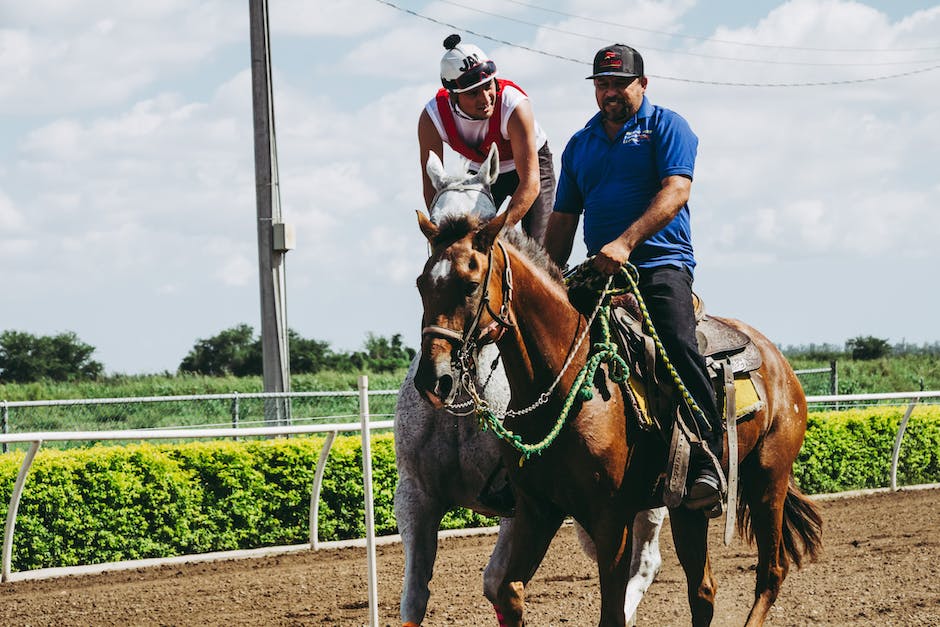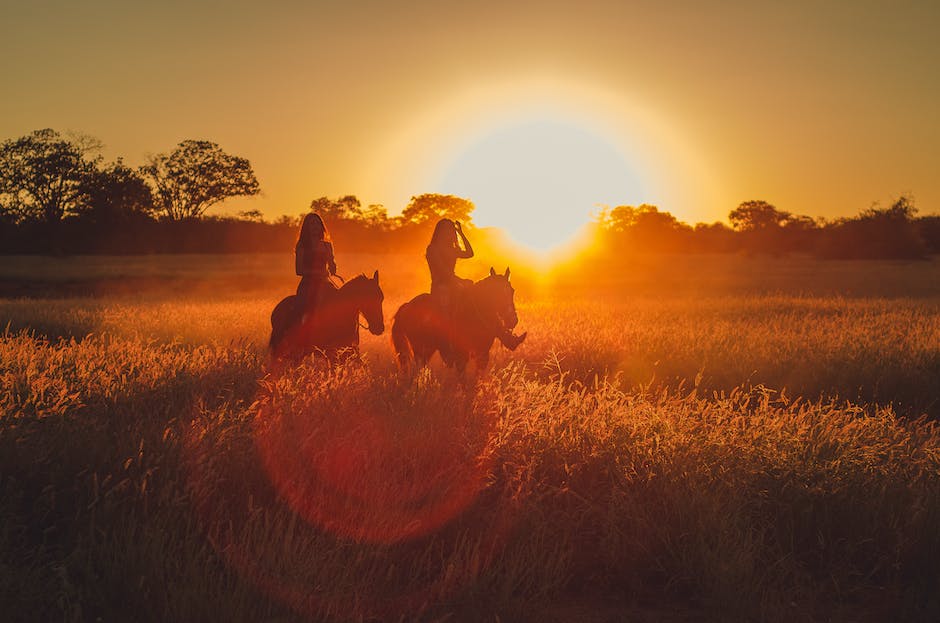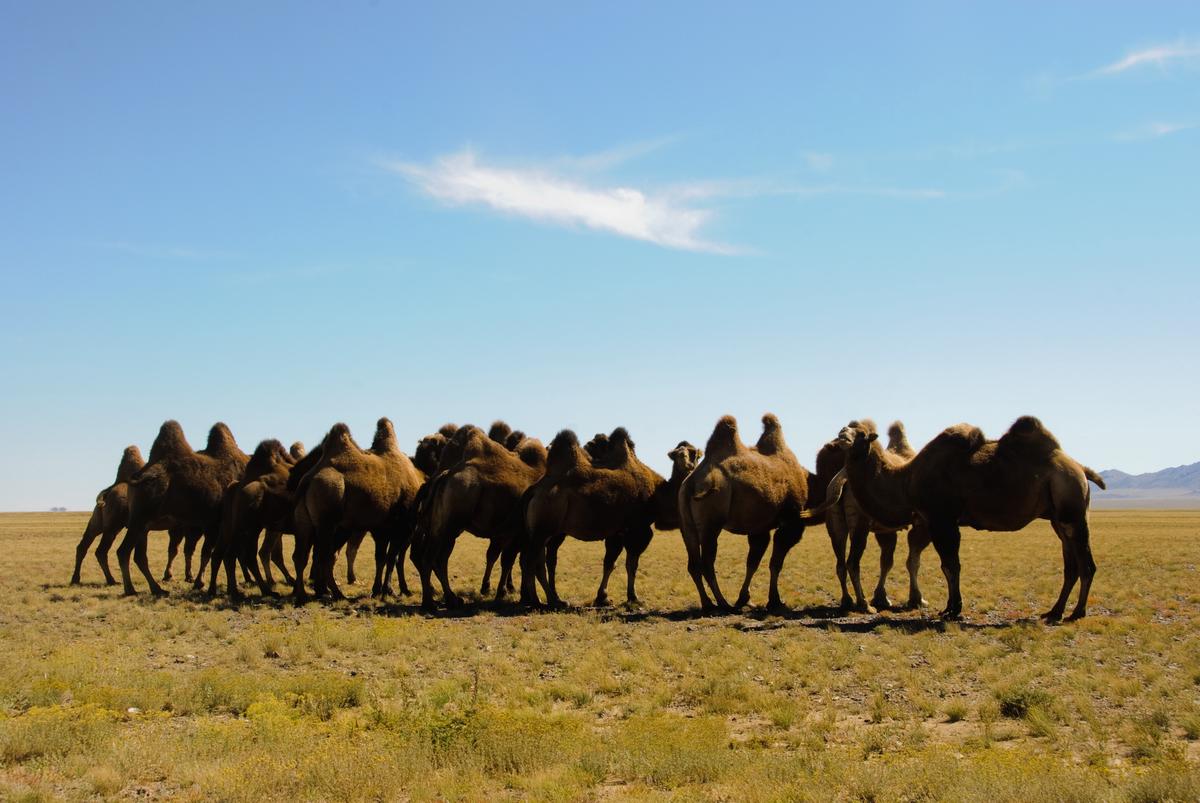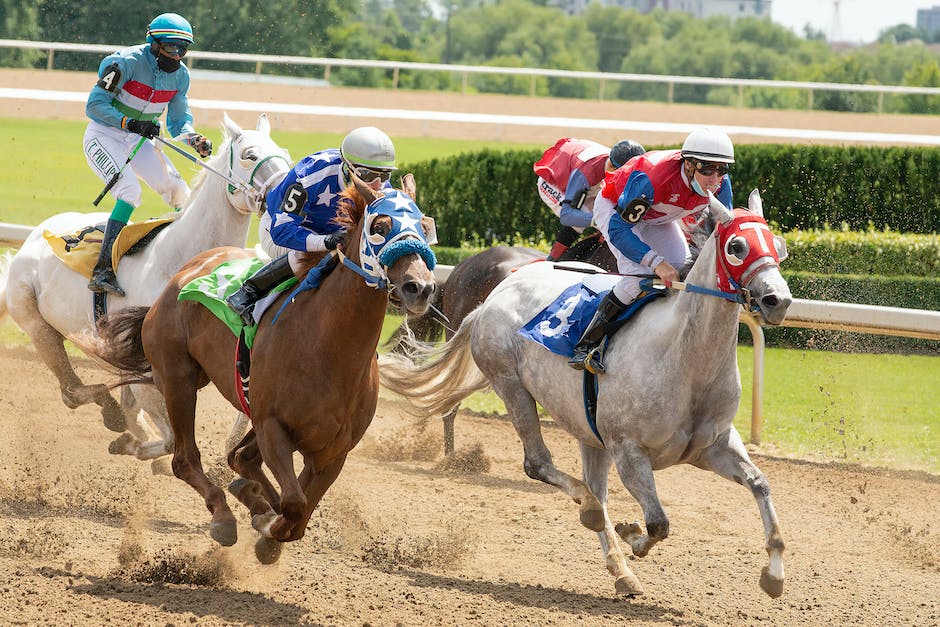Horse riding, an inherent part of Hungary’s rich culture and history, “horseshoes” its way into a profound foundation of the country’s ethos. Drawing from a resonant past and carefully preserved traditional values, Hungarian riding horses are amongst the most distinguished and notable in the equestrian world. The blend of the past and the contemporary breathes life into an awe-inspiring symphony of horse riding traditions that spans breeding, classic rituals, comprehensive care, competitive participation, and the profound global influence. What makes Hungarian horses unique is not just their athletic abilities or aesthetics, but the intricate bond between the horse and rider that has been fostered over centuries. Delve into the captivating world of Hungarian riding horses to appreciate the depth and richness of Hungary’s equestrian landscape.
Table of Contents (Horspedia)
History and Breed
Hungarian Horse Riding History
One cannot delve into the history of horse riding in Hungary without mentioning the ancient Magyar tribes, who rode from the east into the Carpathian Basin in the 9th century. These tribes were nomadic horsemen, and their equestrian skills often led to successful battles and conquests. The importance of the horse in Hungarian history is reflected in archaic horse-related laws and customs, such as the Tiszaeszlar ritual, where horses are led around a ritual pole to secure prosperity for the year.
Hungarian Horse Breeds
Over the centuries, several indigenous horse breeds evolved in Hungary, each with its distinct attributes. The most recognized Hungarian riding horse breeds are the Nonius, the Hungarian Warmblood, the Furioso-North Star, the Gidran, and the Shagya Arabian.
- The Nonius breed is known for its strength, endurance, and calm temperament, making them suitable for heavy agricultural work and riding. This breed arose during the early 19th century, primarily as draught horses.
- On the other hand, the Hungarian Warmblood is known for its athleticism and versatility. These horses are popular choices for show jumping, dressage, and three-day eventing due to their impressive speed, agility, and endurance.
- The Furioso-North Star is another robust breed used for riding and work purposes. They have excellent temperaments for equitation and are noted for their stamina and speed.
- The Gidran breed, also called Hungarian Anglo-Arab, is a popular choice for harness racing due to their exceptional trotting ability, endurance and speed.
- Lastly, the Shagya Arabian, a Hungarian horse breed resulting from crossbreeding Arabian mares and native non-Arabian stallions, is also noteworthy because of its versatile use in sporting and leisure riding activities due to their intelligence and stamina.
The Health and Unique Traits of Hungarian Horses
Hungarian horses, known for their remarkable stamina and robust health, are a product of centuries of selective breeding combined with the diverse and varying conditions of Hungary. These breeds have flourished under Hungary’s fluctuating climate, characterized by cold winters and warm summers, reinforcing their hardiness and resilience. Further, a blend of eastern and western influences contributes to the genetic diversity that runs through the horse bloodlines of Hungary.
Varied attributes unique to each breed distinguish them in varying aspects of horse-based activities and sports. For example, the Nonius breed is noted for its power and ability to haul heavy burdens, whereas the Hungarian Warmblood demonstrates its versatility brilliantly in eventing and jumping. The Furioso-North Star shines in its performance in harness racing and in executing heavy farm work, whilst generations have favored the Gidran and Shagya Arabian breeds for their unparalleled endurance and speed.
One characteristic attributable to all Hungarian horse breeds is their calm and consistent temperament. These horses are characterized by their obliging nature, ease of training, and sharp instincts. Their innate athleticism and flexibility, combined with these traits, have rendered Hungarian horses acclaimed worldwide in sport, work, equestrian endeavors, and tourism. This notion continues to uphold their historic heritage and tradition with honor and national self-esteem.

Traditional Hungarian Horse Riding
Channeling Hungarian Tradition through Riding Horses
Horse riding has long been a cornerstone of Hungarian tradition, tracing back to their early nomadic ancestors – the Magyars. This tribe, predominantly composed of equestrians and archers, roamed the vast Eurasian plains during the ninth century, proudly exemplifying their grandeur and strength astride their horses. This profound equestrian heritage has since infused itself into the fabric of Hungarian culture, elevating horse riding into an essential element of daily life. In contemporary Hungary, horse riding retains its pivotal role in national folklore, embodying the ideals of freedom and national pride.
Riding Horses in Rituals and Festivals
Riding horses still feature most prominently in numerous Hungarian festivals and rituals. Horses are not just held in high regard, they are a significant part of the nation’s identity and sticking to these traditions keeps the relationship between the Hungarians and their horses alive. The most renowned of these events is “Nagyszalontai Lóverseny,” or the Great Plains Horse Race. This event showcases horse racing, breeding, and equestrian sports attracting crowds from all around Hungary and even beyond.
Another traditional event is the “Puszta Five,” where skilled horsemen demonstrate incredible balance and control by riding and commanding five horses simultaneously. The “Búza téri lópiac” is an annual horse market held in Debrecen. These events, besides providing entertainment, uphold the value and importance of horses in Hungarian society.
The Equestrian Heritage of Contemporary Hungary
In the present-day Hungary, the longstanding tradition of horsemanship is alive and flourishing. A significant number of young and old continue to master and practice the equine arts, effectively passing down this invaluable skill set to the succeeding generations. A host of equestrian schools, riding camps, and training centers, scattered throughout the nation, offer extensive courses and training in horse riding and handling to novice and experienced riders alike.
Hungary’s profound equestrian traditions also significantly influence its contemporary sports scene. The country’s commendable achievements in the Olympic equestrian games underscore its enduring connection and commitment to horse-related activities.
Tourism also serves a crucial role in safeguarding these traditions. Visitors from all corners of the globe are drawn to Hungary to immerse themselves in its vibrant equestrian culture. Offerings range from horse and carriage rides, impressive horse shows, to hands-on horse riding lessons.
Despite the inevitable urbanization and lifestyle shifts, Hungarian horse riding continues to adapt and grow stronger, symbolizing Hungary’s resilient and dynamic relationship with their equine companions.

Training and Care
Hungarian Horse Training: An Artful Blend of Tradition and Science
From time immemorial, Hungary has been celebrated for its prowess in horse breeding and training, culminating in the sophisticated methods witnessed today. Hungarian horse trainers staunchly advocate for patience and the building of trust, opting for a time-intensive training approach over rushed solutions. This gradual strategy, when coupled with a consistent focus on the horse’s mental health, forms the foundation of Hungarian horse training practices.
Harmonizing tradition with science forms the heart of the contemporary methodology. While leveraging modern scientific insights on equine psychology and physiology, trainers also heavily rely on generations’ worth of traditional wisdom. This approach recognizes the horse not as a simple beast of burden but as a sentient, emotionally responsive creature.
Healthcare and Maintenance of Hungarian Riding Horses
Horse health in Hungary is closely regulated. Vaccinations and routine veterinary checks are mandatory, not only to ensure the individual horse’s health but also to prevent the spread of disease. Hungarian trainers and owners understand the importance of regular grooming, not just for the horse’s appearance but for its physical well-being; grooming helps to prevent skin conditions and parasites.
Hoof care is a crucial part of a Hungarian riding horse’s maintenance. If left unattended, a horse’s hooves can become dry and cracked, which can lead to lameness. To prevent this, they are trimmed regularly and even protected with specialized horse shoes, if necessary.
Diet: A Key Aspect of Hungarian Horse Care
The nutritional needs of Hungarian riding horses are typically met with a diet that mimics their natural grazers’ diet. This usually consists of grass, hay, grains, and legumes, providing essential fiber and nutrients. Supplementary feeds are also provided based on individual horses’ needs; these might include multivitamin supplements or tailored nutrition plans for performance horses.
The diet is regularly evaluated and adjusted according to the horse’s age, body condition, workload and other factors. Trainers and caretakers firmly believe that nutrition plays a major role in behavior and training effectiveness, and they ensure the horse’s diet supports these areas.
Living Arrangements: Pastures, Paddocks, and Stables
Traditionally, Hungarian riding horses are kept in a semi-natural environment. They are often allowed to roam in large pastures during the day, where they can socialize with other horses and graze freely. These pastures not only offer an enriching environment but also allow for the necessary physical activity which is essential for their health and well-being.
At night or during adverse weather conditions, horses are stabled. Hungarian stables typically provide ample space, good ventilation, and plenty of natural light. It’s also important to note that the horses’ living conditions are kept clean and safe. Routine awareness and mitigation of potential risks help ensure that injuries are kept to a minimum.
In addition, horses are provided with fresh water and appropriate shelter to protect from the elements. Even in confinement, these efforts are made to mimic natural living conditions as much as possible, maintaining a balance between necessary care and a horse’s instinctual habits.
In the realm of equestrian cultures, Hungary stands out for its remarkable respect and care for horses.
This approach promotes not just the physical well-being of the horses but also their mental health, creating a hospitable environment for horses that are not only robust but also contented and receptive to training.

Hungarian Riding Horses in Competitive Sphere
Hungarian Horses: Creating a Benchmark in Equestrian Competitions
When it comes to agility, stamina, and vigor, Hungarian horses are in a class of their own, earning substantial recognitions in numerous equestrian contests. Be it show jumping, dressage or cross-country, these highly trained horses, along with their committed riders, consistently put forth exemplary performances in the global arena.
Show Jumping: A Testament to Agility
In show jumping, Hungarian horses and their riders exhibit a remarkable blend of speed, power, and precision. Aimed at testing the horse’s agility, the sport involves navigating a series of obstacles within the fastest time, with penalties applied for each error. Hungarian horses, particularly the warmblood and Shagya Arabian breeds, have proven their capabilities in this intense and demanding event.
Dressage: A Display of Discipline and Grace
Equated to ballet on horseback, dressage involves the horse and rider performing a series of predetermined movements, demonstrating obedience, flexibility, and balance. Hungarian horses have a notable presence in dressage, with the Lipizzaner breed being especially popular. Known for their grace, compact build, and agile movements, the Lipizzaner horses of Hungary excel in this high-intensity, detail-oriented equestrian discipline.
Cross-Country: Exhibiting Strength and Stamina
Cross-country, a part of the three-day eventing competition, serves as a testament to the horse’s endurance, nerve, and speed. Here again, Hungarian horses leave an indelible mark. The meadow-raised Hungarian Sport Horse, known for its strength and stamina, excels in this event, galloping across diverse terrain and jumping over solid obstacles with ease and confidence.
Famous Hungarian Horses and Riders
Over the years, numerous Hungarian horse breeds and riders have come to the fore. One such notable mention is Olympic medal-winning rider Tibor Pettkó-Szandtner, who competed in the 1948 and 1952 Olympic games, winning gold and silver in eventing on his Hungarian horse, Dalma. In addition, Attila Magyar, a world-class Hungarian equestrian athlete, has been celebrated for his high-level dressage performances on Roses For Lady, a pivotal Hungarian warmblood mare.
Furthermore, the Nonius breed deserves recognition; originally from the Mezőhegyes stud farm, this horse has been a symbol of Hungarian horse breeding since the 19th century. Today, Nonius horses, descendants of the original breed, continue to perform exceptionally well in equestrian competitions globally.
Whether it’s show jumping, dressage, or cross-country riding, the prowess and superior equestrian abilities of Hungarian horses and their skillful riders consistently stand out on the global platform. The unbroken track record showcased by these well-known Hungarian duos over many years is a testament to their unwavering commitment to equestrian pursuits. As a result, they have significantly influenced how equestrian events are viewed and celebrated around the world.

Impact and Influence of Hungarian Horses on Global Equestrian Scene
Roots and Evolution: The Hungarian Riding Horses’ Legacy
Worldwide, Hungarian riding horses are celebrated for their exceptional blend of endurance, adaptability, swiftness, and agility. The rich ancestry of these regal horses traces back to the Magyar tribes that established themselves in the Carpathian Basin over a millennium ago. The breed has undergone evolution across centuries, distinctively shaped by natural selection, severe weather conditions, and the military necessities of Hungarian warriors.
Techniques: The Hungarian Horsemanship
Traditional Hungarian horse training methods have contributed greatly to what we know today as Classical dressage, the art of riding in harmony with the horse, requiring the horse to carry itself and its rider lightly and smoothly. These highly specialized techniques pioneered by the Hungarians involve the horse and rider working together as a single unit, with a special emphasis on balance and harmony.
Riding schools worldwide have adopted Hungarian training principles, proving the universal appeal and effectiveness of these methods. Hungary, with its distinctive style and perspective, has historically been a leader in formal riding education, highlighting the profound influence of Hungarian horsemanship.
Breeds: The Hungarian Warmblood and the Nonius
Hungarian horse breeds are typified by the Hungarian Warmblood and the Nonius. Warmbloods are known for their endurance, speed, and athletic prowess; they are a very versatile breed, often seen in equestrian sports such as eventing, show jumping, and dressage. The Short and Heavy Nonius is distinguished by its strength and hardiness, valued for both riding and light draft work.
Global Influence: Hungarian Horses on the World Stage
Hungarian riding horses and techniques have left their imprint on the global equestrian scene. There has been a growing demand for these breeds in international competition due to their confirmed great endurance and agility. Hungarian Warmblood horses, in particular, are highly sought after for dressage and show jumping.
The influence of Hungarian equestrian techniques and practices extends far beyond Europe, reaching the Americas, Asia, and Africa, where they form the foundation for various contemporary riding styles.
Present Position: Hungarian Horses Today
Contemporary Hungarian horses continue to be celebrated for their exceptional traits that make them ideal for a variety of equestrian sports. Stud farms within Hungary and across Europe are working towards preservation and improvement of the breed, with a focus on maintaining the distinctive qualities.
The resurgence of interest in Hungarians’ ancient equestrian tradition and the popularity of Hungarian riding horses ensures their prominent place in the international equestrian landscape. Riding festivals, heritage parks, and equestrian tourism contribute to keeping the Hungarian horse tradition alive and well.
The Hungarian government has made significant strides in supporting their equestrian heritage. Recognizing the cultural value of their equine legacy, efforts are underway to ensure the continued growth and development of Hungarian breeds. This respect and honor for Hungarian horses affirm their meaningful role on the global stage.

With a myriad of contributions to the global equestrian scene, Hungarian riding horses and their distinct traditions stand as a radiant beacon of cultural pride and emblematic significance. The exquisite blend of age-old customs and innovative techniques continues to define Hungary’s standing in global equine territories, positively shaping the future of horse riding. The attributes of Hungarian horses – a testament to their resilience, agility, and unrivaled bond with riders, coupled with eventful participations in diverse equestrian competitions, lights the torch for broader recognition and enhanced appreciation in global equestrian spheres. Every horse whisper, canter, gallop, and stroke sifted from Hungarian soils illuminates the beautiful tapestry of the equine world, fostering deeper connections with these majestic creatures and the universal language they embody.
